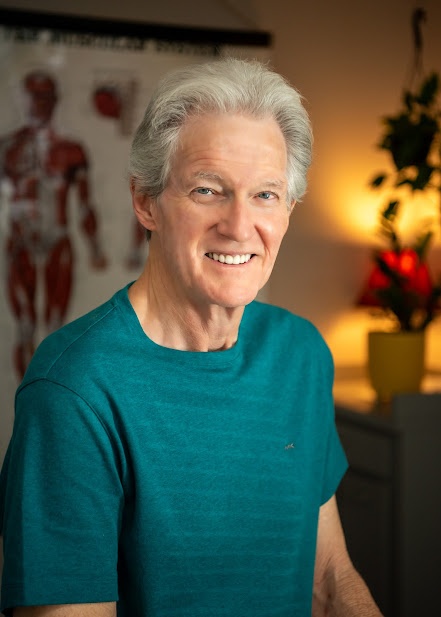Activity
Mon
Wed
Fri
Sun
Nov
Dec
Jan
Feb
Mar
Apr
May
Jun
Jul
Aug
Sep
Oct
What is this?
Less
More
Owned by Butch
Millions suffer from chronic pain every day. Our community will learn how to stop those pains, ask questions , and share comments to help others.
Memberships
MXLTIPLIERS
165 members • Free
Skoolers
175.7k members • Free
Media Firestorm
275 members • Paid
Need A Guest
731 members • Free
Inspiring Speakers (Free)
790 members • Free
2 contributions to The Muscle Repair Shop
Cure or Solution: Are You Chasing the Wrong Goal?
Everybody wants a cure. It’s human nature. “Cure” sounds final, magical, and effortless. It implies: Take this pill. Get this shot. Do this one treatment. Done. But when it comes to chronic pain—neck stiffness, tight hips, aching back, sore shoulders—the idea of a cure is misleading. Pills wear off. Injections numb, but don’t change. Surgery may fix tissue damage, but it doesn’t retrain how you move. That’s why people feel stuck. They’re told a “cure” exists, but it never lasts. The truth is, there’s a difference between a cure and a solution. Understanding that difference is the key to getting your freedom back. Cure vs. Solution: The Core Difference - A Cure: Something external done to you that attempts to eliminate a condition. Pills, injections, surgeries, and gadgets fall into this category. Responsibility lies outside of you. - A Solution: Something you participate in. It addresses the root cause, not just the symptom. It requires awareness, lifestyle shifts, and daily engagement. Responsibility lies with you. Cures feel easier in the short term. Solutions give you freedom in the long term. The Science of Why Cures Fail Let’s break this down biologically. 1. The Muscle–Nervous System ConnectionMuscles don’t just “get tight” randomly. They respond to signals from your brain. Stress, posture, and movement patterns create muscle guarding. Pills or injections can mute the pain, but they don’t reset the brain-muscle loop. 2. The Fascia FactorFascia is the connective tissue web wrapping every muscle. When you’re sedentary or stressed, fascia becomes sticky and rigid. Cures don’t restore fascia glide. Solutions—like gentle release and movement—do. 3. The Stress ResponseCortisol, your stress hormone, raises muscle tone. Chronic stress literally “turns up the dial” on tightness. That’s why your neck knots up in traffic or your jaw clenches at night. Unless you address the nervous system’s role, a cure is just a mute button. 4. Neuroplasticity and HabitsYour brain learns movement patterns. Slouch at a desk for 20 years and your body builds that into its wiring. Surgery won’t rewire it. Solutions—like Stretch n’ Release—tap neuroplasticity (the brain’s ability to adapt) to create new, pain-free movement patterns.
0
0
Welcome to The Muscle Repair Shop Community
So glad you are here! If you have bought a book, come over from my YouTube Channel, or have been an in-office client, welcome and let's get this ball rolling. Please introduce yourself, tell us how you got here, and what are your concerns.
0
0
1-2 of 2
@butch-phelps-3816
I am an award-winning author, Stretch n' Release, creator of the Stretch n' Release Technique, and a massage therapist for 20 years.
Active 21d ago
Joined Aug 18, 2025
Sarasota, Florida

